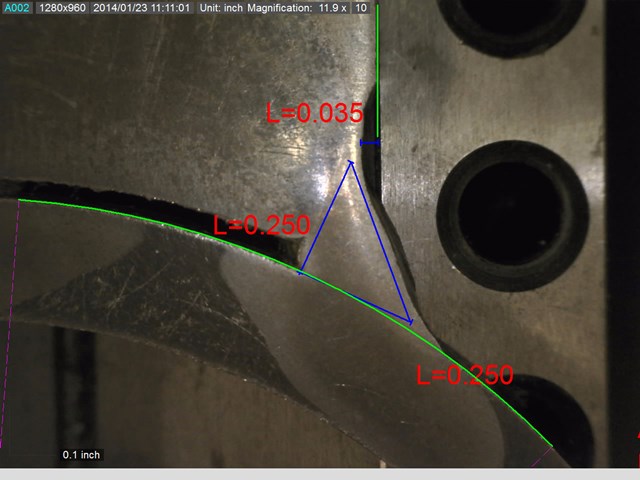I know Henry, but I was specifically addressing the fact that VT is also a form of NDT as most people recognize UT, RT, MT, PT, and others but forget that VT is also the first line of NDT. And yes, there are ways of using UT to verify depth of a PJP, IF there is proper access coupled with a good operator of the equipment.
Personally, I think it is partially because of all of the 'if's that they made so much of VT in regards to the work addressed in the codes. In several cases that is the only true line of accountability since the other disciplines may not be usable.
Fillet welds, skewed welds, occasionally PJP's and even CJP's are not going to have access and are only inspectable by VT. That is part of why some of them are to be continually inspected and all the other pre-work items (welder certs, wps's, etc) are to be taken care of, it gives us the best possible chance of successful completion of the weld. And there is nothing else available in many cases, only the external, after the fact, examination by 'trained' inspectors to say if the weld is 'acceptable' to the best of their ability to know.
Have a Great Day, Brent









